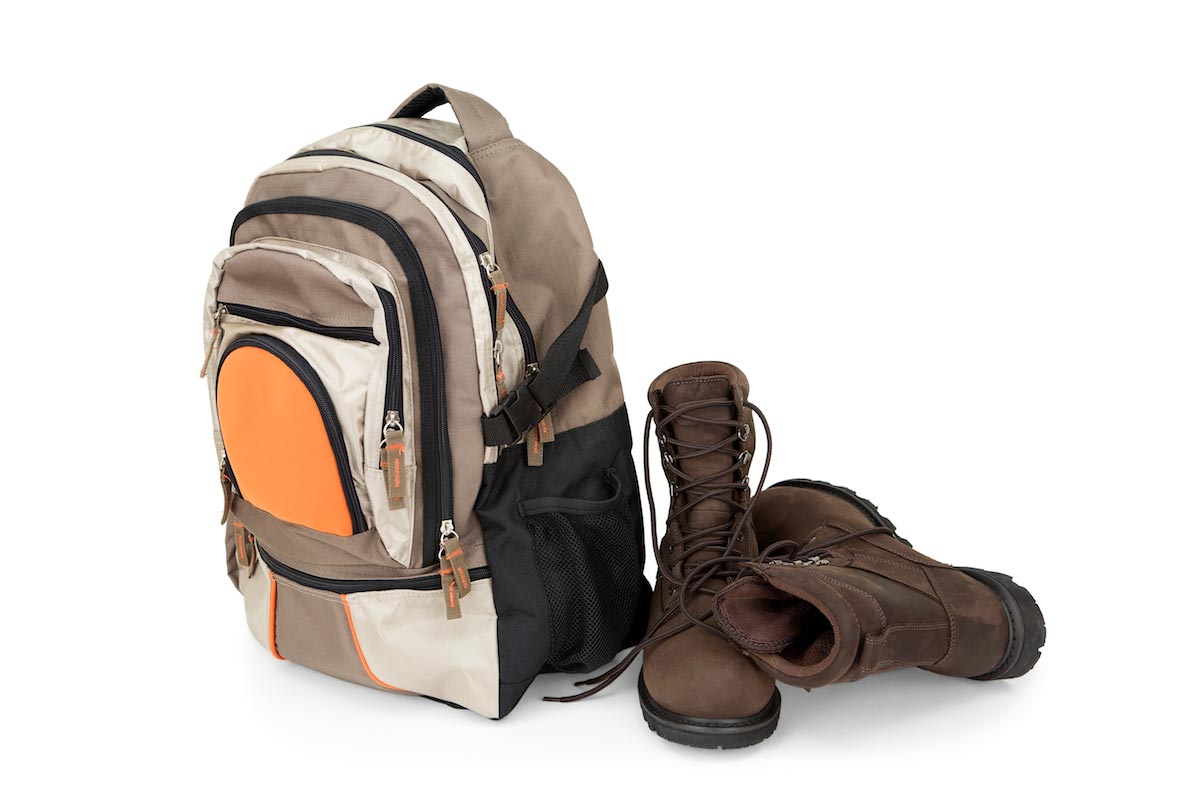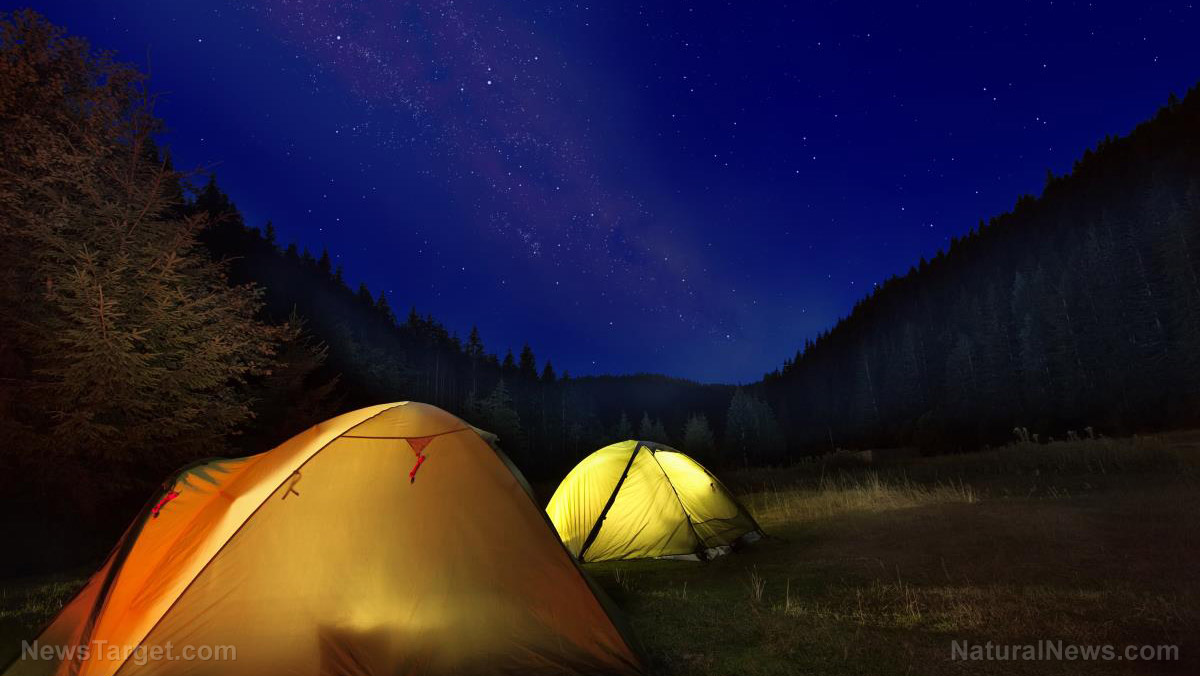Could you survive a bear attack?
10/15/2019 / By Darnel Fernandez

Bear attacks are not exactly a common occurrence in the wild. In fact, bears have little desire to interact with humans. They mostly try to avoid people if possible. Still, bear attacks do happen. As humans continue to encroach on bears’ natural habitats, chances for bear encounters increase dramatically. If you find yourself within the range of a bear, would you survive such an encounter? (h/t to PreppersWill.com)
Know your bears
Three species of bear make their home in North America: the black bear, the brown or grizzly bear, and the polar bear. Each of these bears has distinguishing characteristics and unique behaviors that are important to know before heading out into bear country.
Polar bears can only be found in the northern regions of Alaska. Because of this, you are less likely to encounter one in the wild as compared to black bears and brown bears. So, this article will focus on the latter two as they share many characteristics, but also have significant differences that you must be aware of in order to identify them properly.
Black bear
The American black bear (Ursus Americanus) is the most common bear species in North America. Despite their name, these bears can be found in colors other than black, including cinnamon, brown, and even white.
Black bears are excellent climbers and would often climb a tree or run away when threatened. However, while skittish in nature, these bears are incredibly strong and could can serious injury if they do decide to attack.
Grizzly bear
The grizzly or brown bear (Ursus arctos) is one of the largest predators in North America. While they are typically brown, their fur can appear white-tipped or grizzled, lending them their name.
Sponsored solution from the Health Ranger Store: Lab-verified Nascent Iodine solution is a dietary supplement that provides your body with supplemental iodine to help protect your thyroid during radiation exposure. Nuclear accidents such as Fukushima (or nuclear war) can expose your body to radioactive iodine-131, a dangerous radioisotope. Pre-loading your system with stable iodine occupies the iodine receptor sites on your organs, causing your body to naturally expel radioactive iodine you may have been exposed to through air, food, water or milk products. This defensive strategy is recommended by nearly all health authorities, worldwide, including the Nuclear Regulatory Commission. Discover more at this link.
These massive animals can weigh up to 650 pounds. But don’t let their size fool you – grizzly bears clock in at around 37 miles per hour.
The differences
Take note that fur color and body size are unreliable means to identify bears you may encounter. Despite their name, not all black bears are black and not all grizzly bears appear “grizzled.” Furthermore, these bears can have varying sizes and weights, depending on their age and gender. Imagine yourself distinguishing an adult cinnamon-colored black bear from a juvenile grizzly.
One of the main differences to spot is that grizzly bears have a distinct shoulder hump not present in black bears. Grizzly bears have well-developed shoulder muscles used for digging or for pushing over objects like rocks or logs. Because of this, these muscles act as the highest point on a grizzly’s body when it is down on all fours.
You can also spot some differences on the bears’ heads. Grizzly bear ears are smaller and rounder than those of black bears. The latter has longer, larger and pointed ears.
Close encounters of the bear kind
One of the best ways to prevent bear attacks is to simply avoid them. More often than not, the bear will most likely retreat before you are even aware of its presence. However, if you happen to encounter one along your travels, here are some things you should do:
- Respect personal space. Just like humans, bears enjoy having their personal space. If you see a bear in the distance, do not approach it – not even for pictures. Consider turning back the way you came or taking a detour if you must continue.
- Stay calm. If you do find yourself up-close and personal with a bear, stop whatever you’re doing and calmly assess the situation. Keep your hand on a can of bear spray and back away very slowly without taking your eyes off the bear.
- Know your threat signals. There will be situations where a bear would act aggressively toward you to deter you from approaching. This is often the case with mother bears with cubs, or a bear defending a carcass. It may swat at the ground with its front paw, pop its jaws, or even bluff a charge. In situations like this, the bear doesn’t want to fight any more than you do. Just stay calm, ready your bear spray, and back away.
- Stand your ground. You could, albeit rarely, encounter a bear that may approach you in a non-defensive manner. The best thing to do is get out of its way. If the bear is particularly focused on you, be prepared to use your deterrent. Make yourself look as big as possible and threaten the bear. You can stamp your feet and shout at the bear to let it know you are willing to fight back if attacked.
- Don’t play dead. Contrary to popular belief, playing dead in the face of a potentially aggressive bear will not help you. If it’s against a mother bear defending her cubs, this tactic might work. If the bear is actively chasing you down, however, it’s time to…
- Fight for your life. If a bear does attack, do everything in your power to drive it back. Use any weapon you have available to hit the bear. Focus all your attacks on the eyes, ears, and face to deter it. (Related: Basic mistakes of wilderness survival and how to avoid them.)
Finding yourself in the presence of a bear may seem daunting, but these tactics can help you survive out in bear country. Always remember to keep your cool and fight to stay alive.
Sources include:
Tagged Under: bear attack, bear country, bears, brown bear, grizzly bear, panic, preparedness, prepper, self-defense, SHTF, survival, Survival Tips, survivalist, Ursus americanus, Ursus arctos, wild animals, wild encounters, wilderness survival, wildlife
RECENT NEWS & ARTICLES
COPYRIGHT © 2017 · SURVIVAL NEWS



















